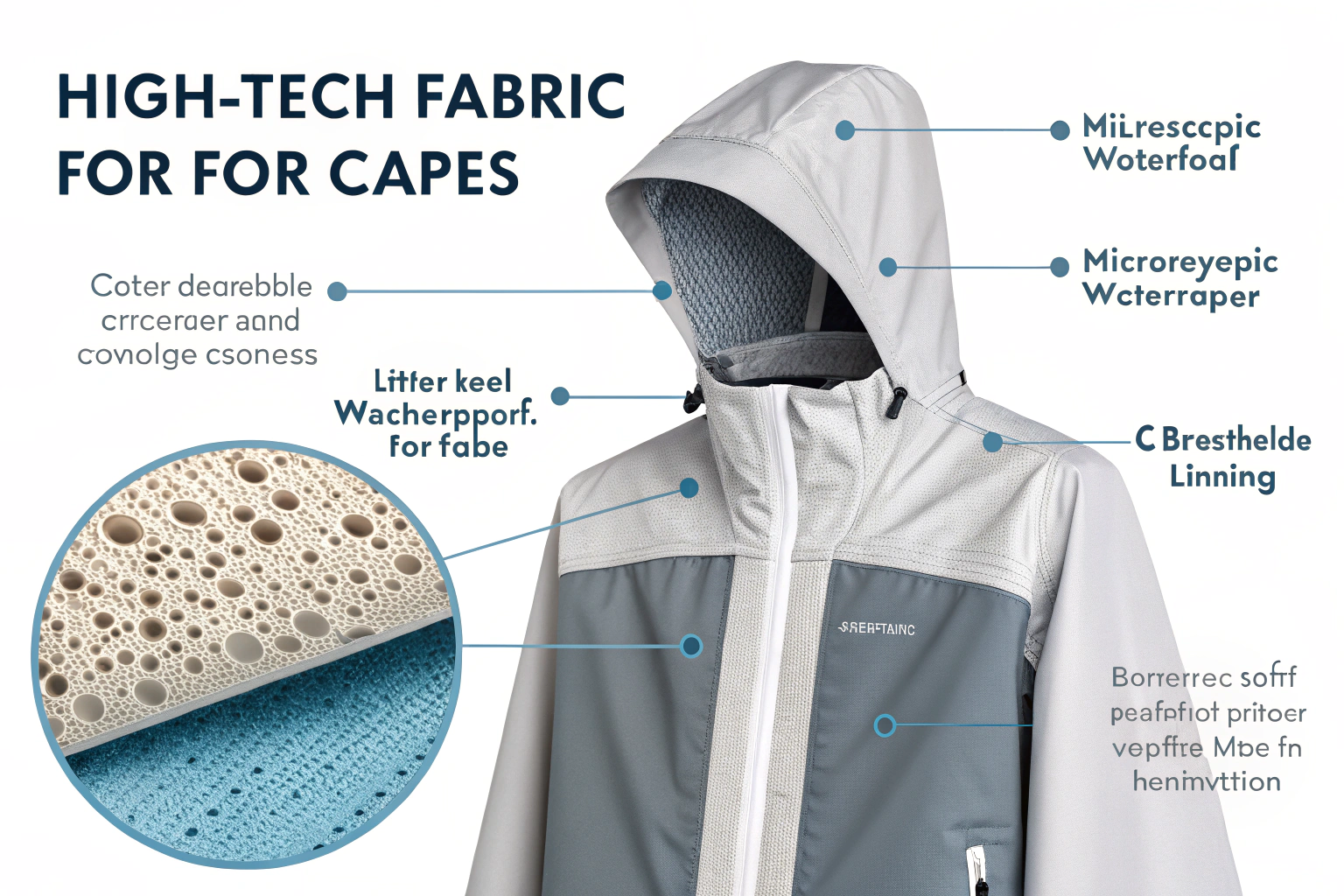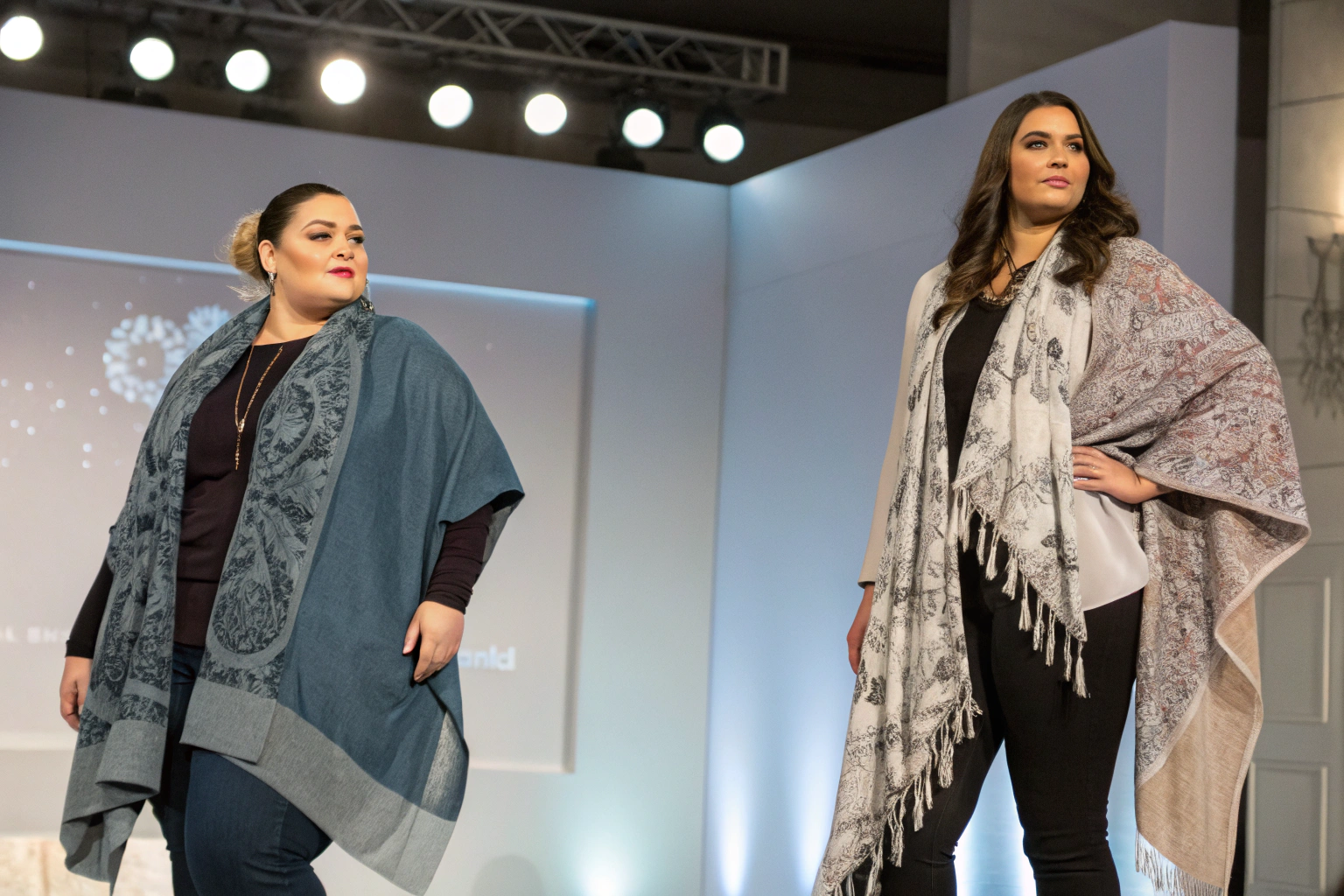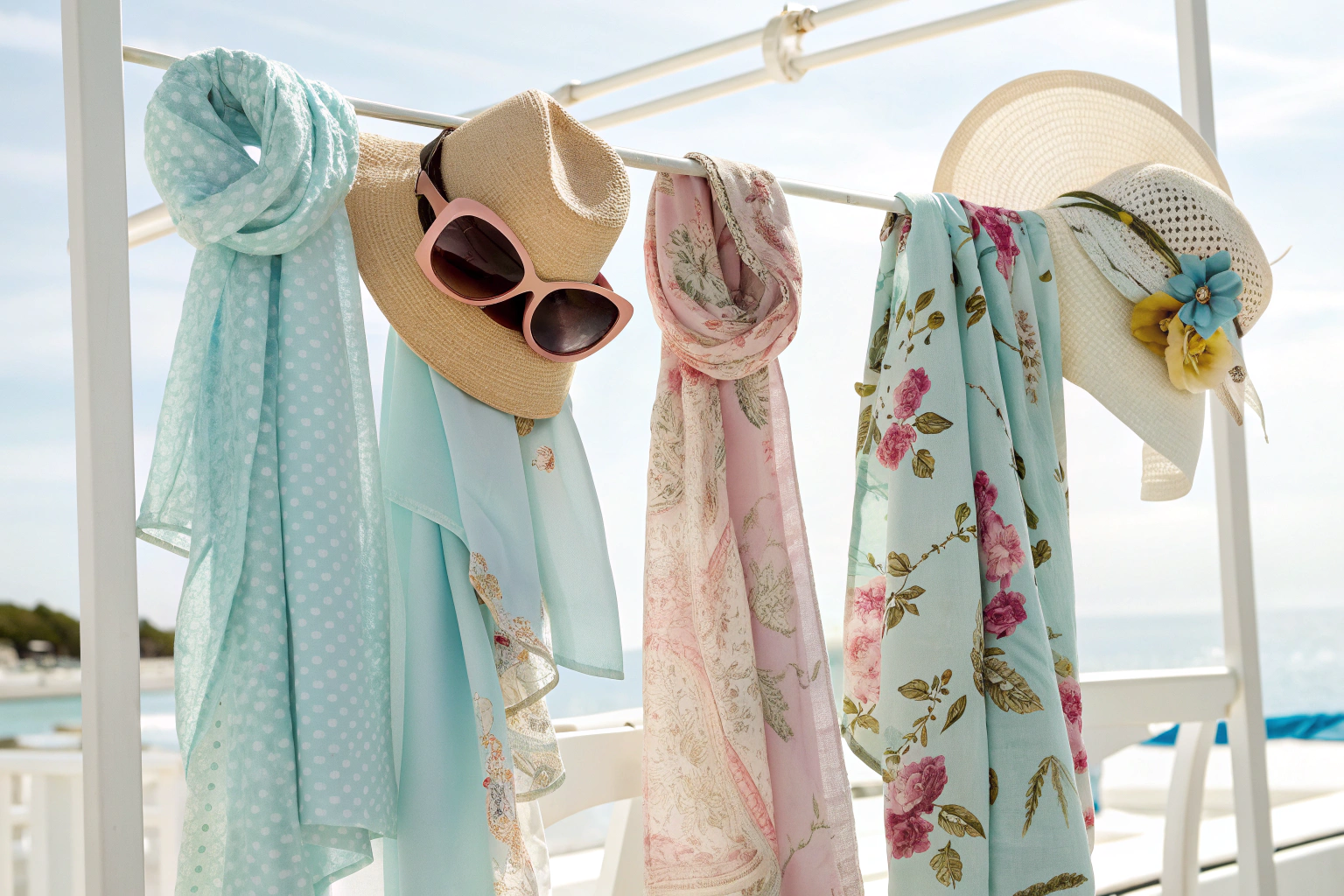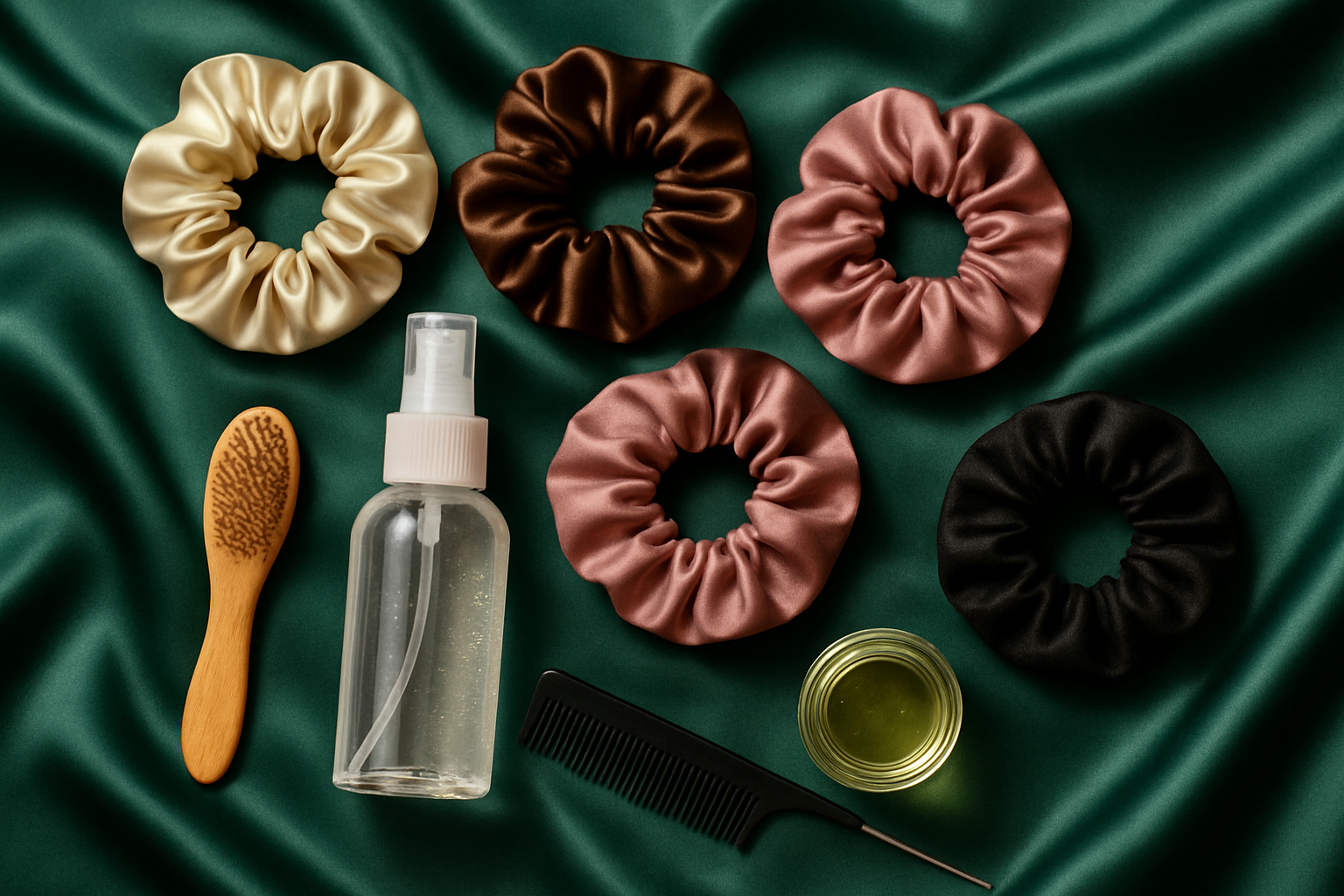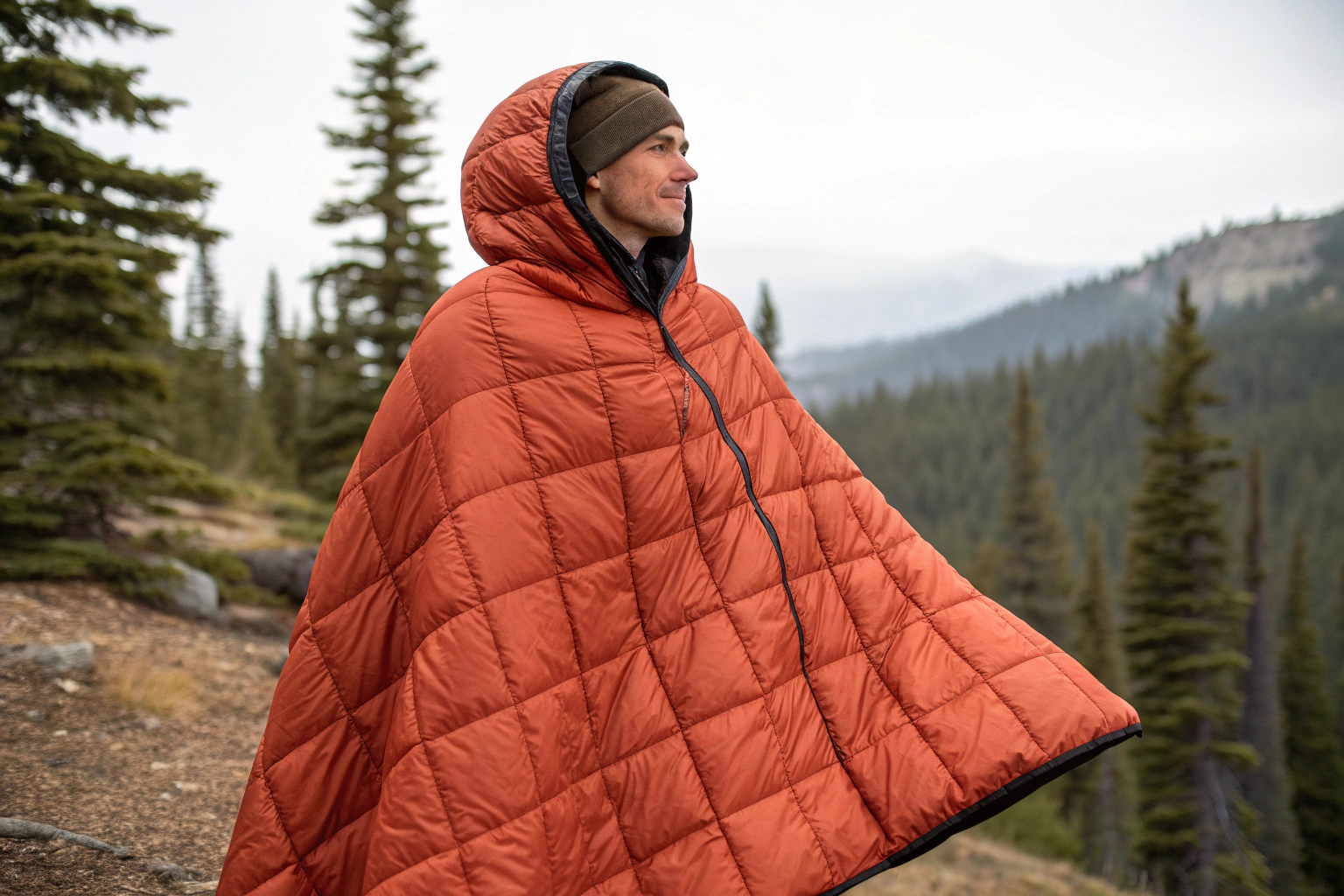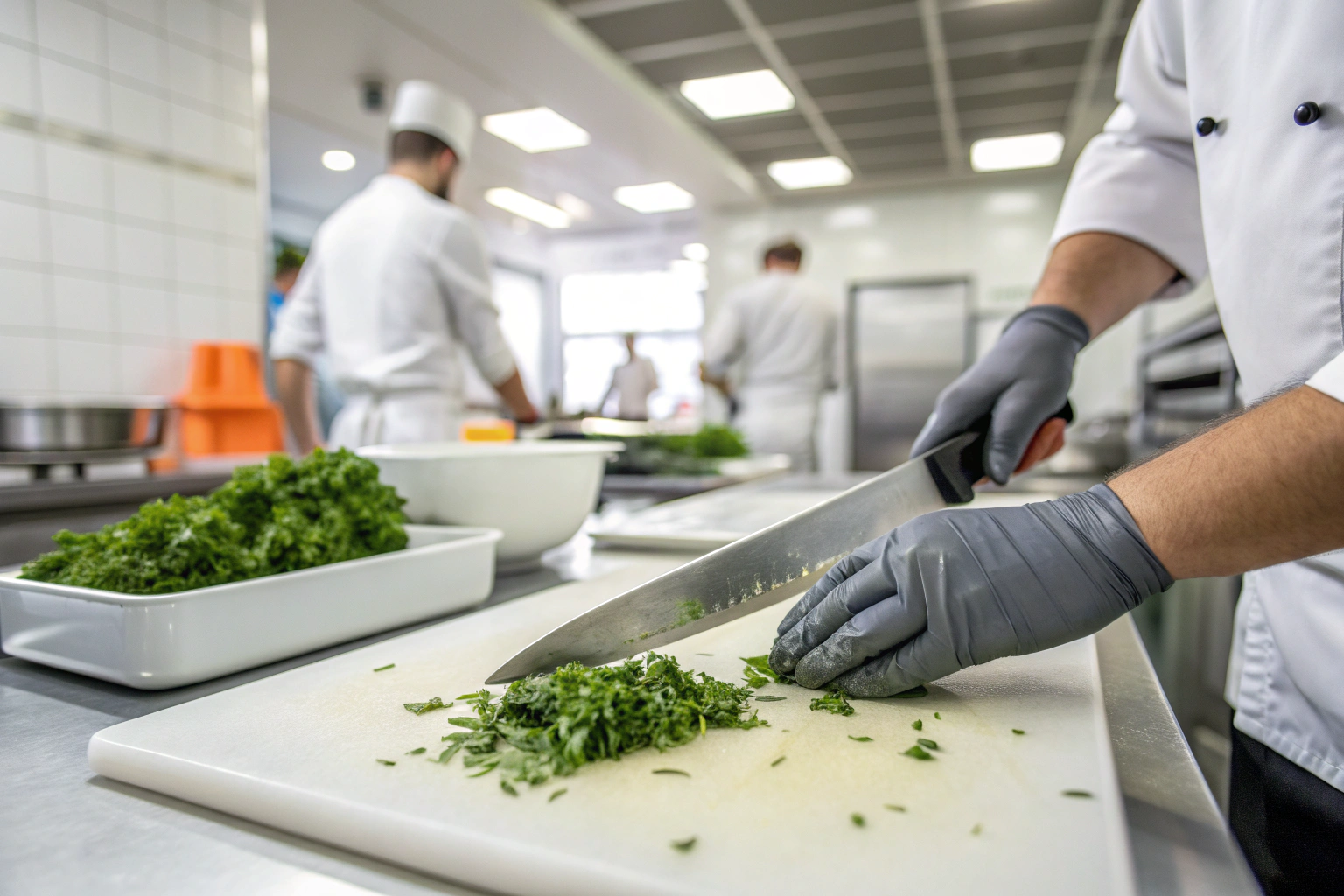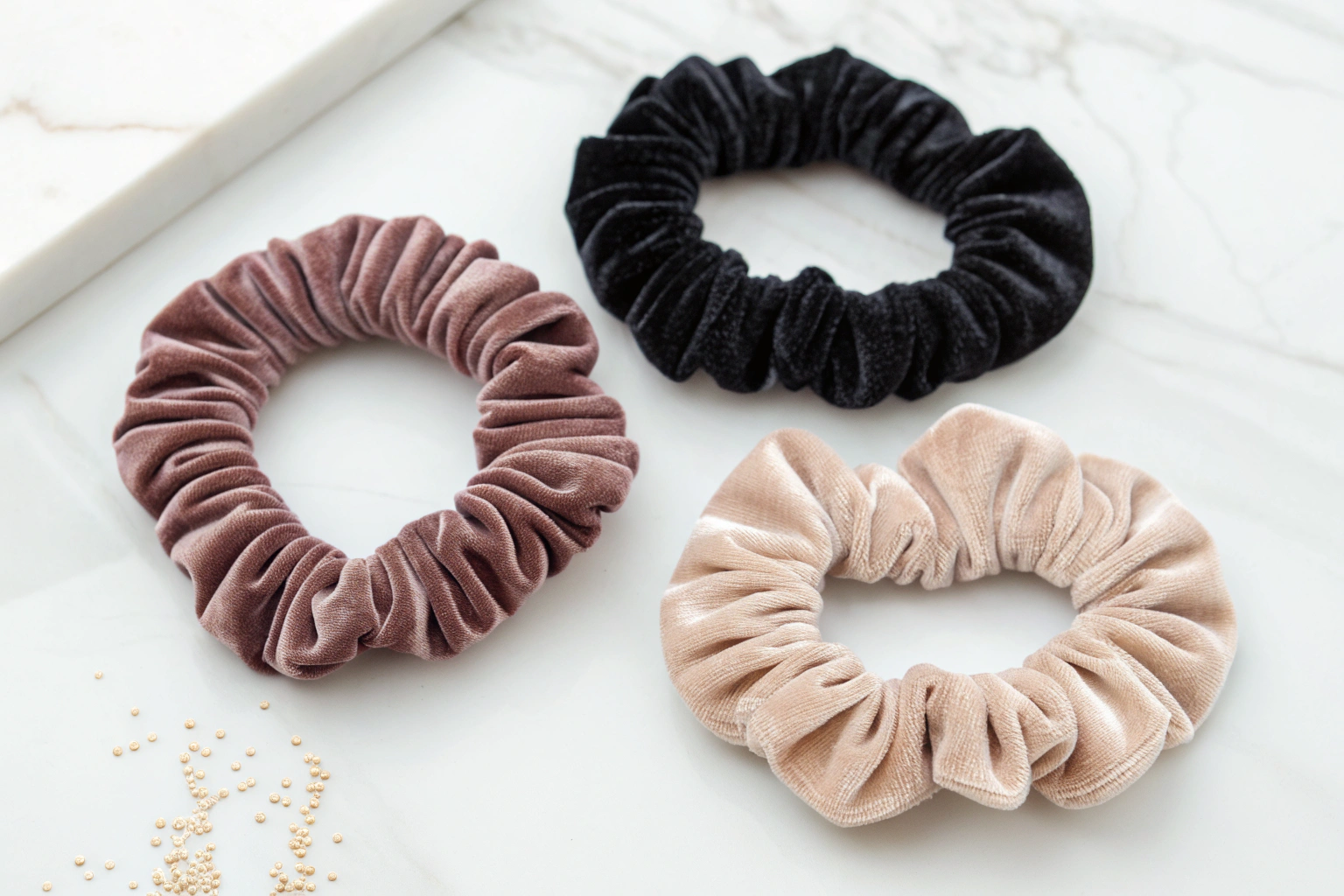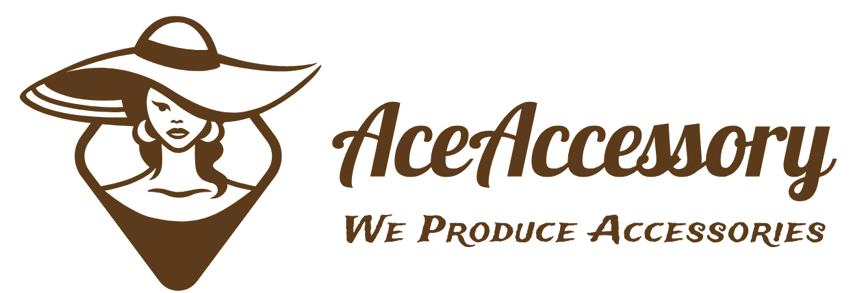Searching for that perfect belt that combines quality, style, and durability? The online marketplace is flooded with options, but only a few deliver true premium craftsmanship.
The best places to buy premium leather belts online in 2024 include specialized leather goods stores like Tanner Goods, Hanks Belts, and Ashland Leather, along with luxury department stores that carry authenticated designer pieces. These retailers offer full-grain leather construction, durable hardware, and artisanal craftsmanship that mass-market brands can't match.
In this guide, we'll explore the top destinations for luxury belts, explain how to identify true quality, and highlight sustainable options that don't compromise on style or durability.
Best Online Stores for Luxury Belts 2024
Not all luxury belt retailers are created equal. These established merchants have built reputations for consistent quality and customer service.
For investment-worthy belts, top-rated online stores include:
- Tanner Goods (Portland, OR): Known for vegetable-tanned leather that ages beautifully
- Hanks Belts (Michigan): Lifetime guarantee on their 100% American-made belts
- Ashland Leather (Chicago): Specialists in Horween shell cordovan belts
- Equus Leather (UK): Bespoke belt specialists with royal warrants
- Gucci/Nordstrom (Designer): For authenticated luxury brand belts

What Makes These Retailers Stand Out?
Key differentiators of top belt sellers:
| Retailer | Signature Feature | Price Range | Best For |
|---|---|---|---|
| Tanner Goods | Natural patina development | $120-$250 | Heritage style |
| Hanks Belts | 1.5" thick bullhide | $80-$180 | Workwear |
| Ashland Leather | Rare shell cordovan | $250-$500 | Collectors |
| Equus Leather | Full customization | $200-$600 | Bespoke |
| Luxury Dept Stores | Designer logos | $300-$1000 | Status pieces |
How to Verify Online Store Reputation?
Red flags to watch for:
- No detailed product descriptions
- Stock photos instead of real product images
- Missing craftsmanship details
- No return policy or guarantees
- Prices significantly below market average
Full-Grain vs. Genuine Leather Guide
Understanding leather grades is crucial when shopping for premium belts. The terminology can be misleading.
Full-grain leather (the highest quality) retains the complete grain layer, developing character over time, while "genuine leather" is a lower-grade classification that's been sanded and refinished. Top belt makers exclusively use full-grain or top-grain leather for durability and aesthetics.

Leather Grade Breakdown
Detailed comparison of belt leather types:
| Characteristic | Full-Grain | Top-Grain | Genuine | Bonded |
|---|---|---|---|---|
| Durability | 10+ years | 5-7 years | 2-3 years | <1 year |
| Patina | Develops beautifully | Limited | None | None |
| Cost | $$$$ | $$$ | $$ | $ |
| Maintenance | Regular conditioning | Moderate care | Low care | Disposable |
| Feel | Natural texture | Smooth | Artificial feel | Plastic-like |
How to Identify True Full-Grain Leather?
Visual and tactile indicators:
- Natural Imperfections (visible pores, scars)
- Uneven Edge Coloring (not perfectly uniform)
- Stiffness When New (softens with wear)
- Distinct Smell (rich, organic aroma)
- Thickness (3.5-5mm for quality belts)
How to Spot Premium Craftsmanship
A premium price tag doesn't always mean premium quality. These details separate true craftsmanship from marketing hype.
Examine stitching (should be 8-12 SPI saddle stitching), edge finishing (smooth, burnished edges), buckle attachment (solid brass Chicago screws preferred), and leather thickness (minimum 3.5mm for men's belts). Quality belts will proudly showcase these construction details in product photos.

Construction Quality Checklist
Key markers of superior belt making:
-
Stitching
- Saddle stitch (not machine lockstitch)
- Consistent stitch length
- Thread matching leather color
-
Edging
- Hand-burnished edges
- No rough or unfinished areas
- Consistent edge dye penetration
-
Hardware
- Solid brass/nickel components
- Screw-on buckle (not pressed)
- Reinforced buckle attachment
-
Leather Cut
- Uniform width throughout
- No skiving (thinning) of leather
- Clean punch holes
Why Craftsmanship Matters Long-Term?
Investment perspective:
- Proper stitching won't unravel
- Quality edges resist cracking
- Good hardware lasts decades
- Thick leather won't stretch out
Sustainable Leather Belt Brands
Eco-conscious consumers no longer need to sacrifice quality for sustainability. New options balance both.
Leading sustainable belt brands like Nisolo, Able, and Beckett Simonon use chrome-free tanning, recycled materials, and carbon-neutral shipping. Some innovative makers now offer plant-tanned leather belts that biodegrade naturally after decades of use.

What Makes Leather Sustainable?
Eco-friendly production methods:
-
Tanning Process
- Vegetable tanning (tree bark extracts)
- Chrome-free metal tanning
- Water recycling systems
-
Material Sourcing
- Byproducts of meat industry
- Local raw material procurement
- Upcycled leather scraps
-
- Fair wage workshops
- Renewable energy use
- Plastic-free packaging
Top Sustainable Belt Recommendations
Brand comparison:
| Brand | Sustainability Focus | Price Range | Unique Feature |
|---|---|---|---|
| Nisolo | Carbon neutral | $98-$150 | Transparency reports |
| Able | Women-run workshops | $78-$120 | Traceable supply chain |
| Beckett Simonon | Eco-tanned leather | $89-$135 | Direct-to-consumer pricing |
| Lotuff | American-made | $195-$350 | Lifetime repairs |
| Pela | Vegan alternatives | $65-$110 | Compostable materials |
Conclusion
Finding truly premium belts online requires knowledge of leather grades, construction techniques, and retailer reputations. Whether you prioritize traditional craftsmanship, luxury branding, or sustainable practices, quality belts remain a worthwhile investment that lasts for decades when chosen wisely.


